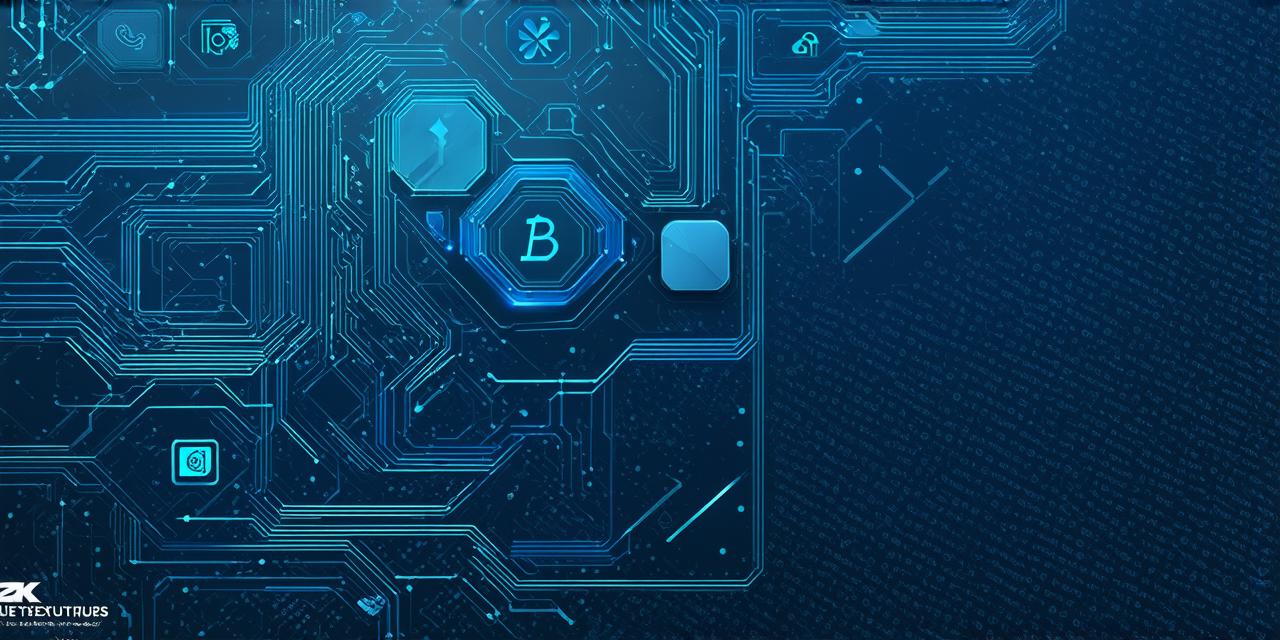Blockchain is an innovative technology that allows secure and transparent transactions without intermediaries. One of the most important components of blockchain is how blocks are linked together. In this article, we will explore the process of linking blocks in a blockchain and its significance for developers.
Understanding Blocks and Transactions in Blockchain
In a blockchain network, each block contains a set of transactions. Transactions are defined as any exchange of value between two parties on the network. These transactions can be anything from the transfer of cryptocurrencies to smart contract executions. Each transaction is verified by nodes on the network and added to the block in chronological order.
Blocks are linked together through a process called mining. Mining involves solving complex mathematical problems that validate the transactions in a block and add them to the blockchain. When a new block is mined, it is added to the end of the blockchain and connected to the previous block using a cryptographic link.
The Cryptographic Link: A Key Component of Blockchain

The cryptographic link between blocks is what ensures the integrity and immutability of the blockchain. Each block contains a hash function, which is a mathematical algorithm that takes the contents of the block as input and produces a unique hash value. This hash value represents a fingerprint of the block and is used to verify its authenticity.
The next block in the chain is linked to the previous block using the hash value of the previous block. This creates a chain of blocks, where each block can only be modified if the hash value of the previous block is changed. If any transaction in a block is altered, even by a single character, the hash value will change and the entire blockchain will be invalidated.
This cryptographic link also ensures that the blockchain cannot be tampered with or reversed. Even if an attacker manages to alter a block, they would need to alter every subsequent block in the chain to maintain the integrity of the network. This makes it virtually impossible for anyone to compromise the blockchain.
Case Studies: Real-Life Examples of Blockchain in Action
One of the most well-known examples of a blockchain network is Bitcoin, the first decentralized cryptocurrency. In Bitcoin, each block contains up to 800 transactions and takes about 10 minutes to mine. The mining process involves solving complex mathematical problems that validate the transactions in the block and add it to the blockchain.
Another example of a blockchain network is Ethereum, a decentralized platform for building smart contracts and dApps. In Ethereum, each block contains up to 20,000 transactions and takes about 20 seconds to mine. The mining process involves validating the transactions in the block and adding it to the blockchain, as well as executing any smart contract transactions included in the block.
One of the most important use cases for blockchain is supply chain management. By using a blockchain-based system, companies can track products from the point of origin to the end consumer, ensuring transparency and accountability throughout the entire supply chain. This has the potential to reduce fraud, improve efficiency, and increase customer trust.
The Future of Blockchain: Trends and Predictions
As blockchain technology continues to evolve, we can expect to see new and innovative use cases emerging. Some of the trends and predictions in the blockchain space include:
- Increased adoption by enterprises: As more and more companies recognize the potential benefits of blockchain, we can expect to see more widespread adoption of the technology in various industries.
- Growth of decentralized finance (DeFi): DeFi is a new financial system built on blockchain technology that allows for peer-to-peer transactions without intermediaries. This has the potential to disrupt traditional financial systems and create new opportunities for innovation.
- Expansion into new markets: Blockchain technology is not limited to cryptocurrencies and supply chain management. We can expect to see it used in a wide range of applications, from identity verification to voting systems.
